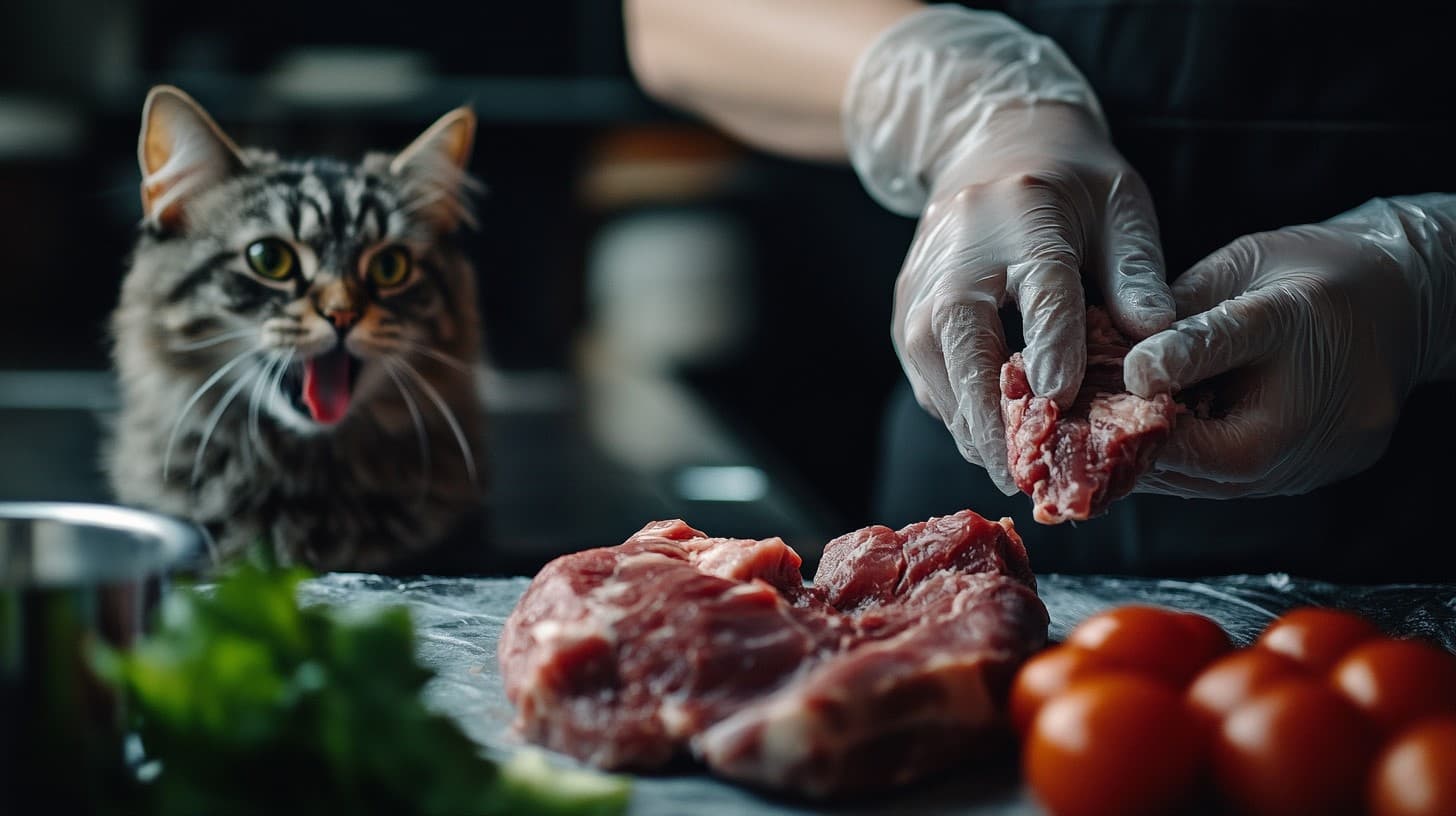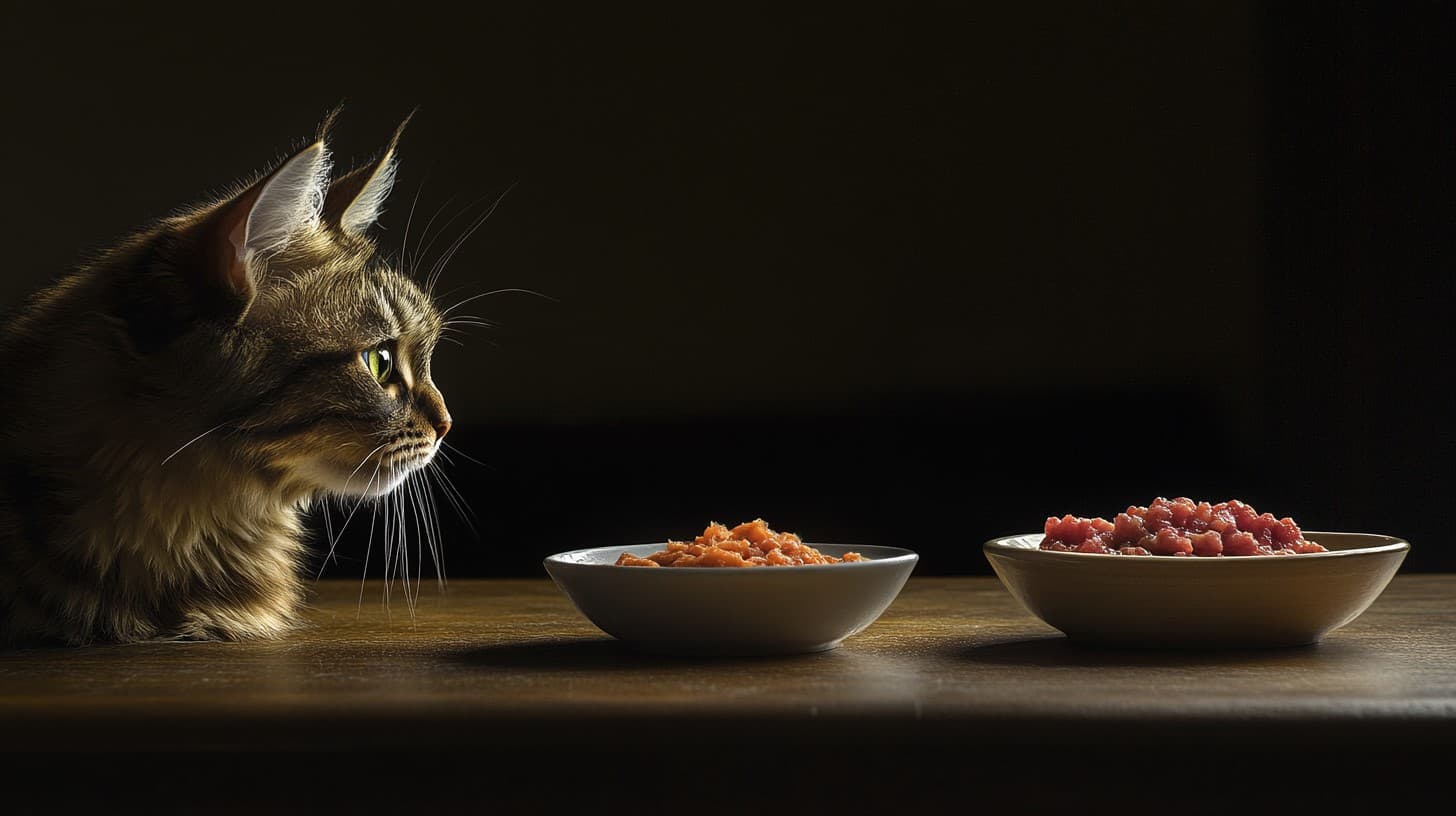Raw vs. Cooked Diets for Cats: Pros and Cons
Introduction
Deciding on the best diet for your feline friend is a crucial aspect of cat ownership. Raw and cooked diets have both gained popularity among pet parents aiming for optimal feline nutrition. In this article, we’ll break down the benefits and risks associated with each option to help you make an informed choice.
Benefits of a Raw Diet for Cats
-
Nutrient Preservation
Raw diets maintain the natural enzymes and nutrients found in uncooked ingredients, which can benefit a cat’s overall health. -
High Protein Content
Cats are obligate carnivores, and raw diets typically align well with their dietary needs, providing ample protein and minimal carbohydrates. -
Improved Dental Health
Chewing raw meat and bones can help reduce tartar and improve oral hygiene.
Risks of a Raw Diet
-
Bacterial Contamination
Raw meat can harbor harmful bacteria such as Salmonella or E. coli, posing risks to both cats and humans. -
Imbalanced Nutrition
Without proper supplementation, raw diets can lack essential nutrients, leading to deficiencies.

Image: A person wearing gloves handling fresh meat for raw cat food preparation.
- Handling Challenges
Preparing raw food requires strict hygiene practices to minimize health risks.
Benefits of a Cooked Diet for Cats
-
Safety
Cooking eliminates harmful pathogens, making the diet safer for cats and their owners. -
Ease of Preparation
Cooked meals are generally easier to store and prepare compared to raw diets. -
Customizable Nutrition
Cooking allows for controlled supplementation, ensuring balanced nutrition tailored to your cat’s needs.

Image: A curious tabby cat sniffing at two bowls, one with raw meat and the other with cooked chicken.
Risks of a Cooked Diet
-
Nutrient Loss
Heat from cooking can degrade some vitamins and enzymes. -
Ingredient Quality
Overcooked or improperly prepared meals might not offer the same benefits as fresh, lightly cooked food. -
Time-Consuming
Cooking meals for your cat can be labor-intensive and may require additional tools and preparation time.
Key Considerations When Choosing a Diet
- Veterinary Consultation: Always consult your vet before changing your cat’s diet to ensure it meets their health needs.
- Quality of Ingredients: Whether raw or cooked, prioritize high-quality, fresh ingredients.
- Commercial Options: Many pet food brands now offer balanced, pre-prepared raw and cooked meals.
Conclusion
The choice between raw and cooked diets depends on your cat’s health needs, lifestyle, and your ability to manage food safety. Both options can support a healthy feline lifestyle if approached with careful planning and professional guidance.